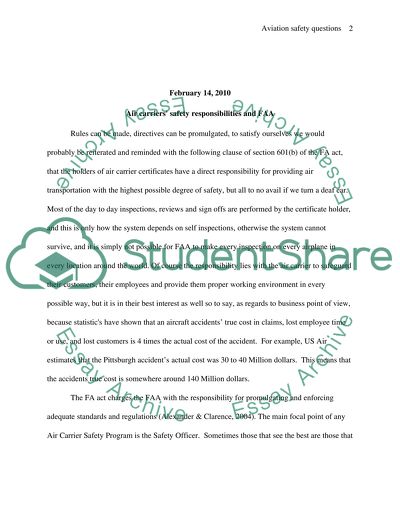Cite this document
(Aviation Safety Questions Case Study Example | Topics and Well Written Essays - 2250 words, n.d.)
Aviation Safety Questions Case Study Example | Topics and Well Written Essays - 2250 words. Retrieved from https://studentshare.org/engineering-and-construction/1562734-aviation-safety-questions
Aviation Safety Questions Case Study Example | Topics and Well Written Essays - 2250 words. Retrieved from https://studentshare.org/engineering-and-construction/1562734-aviation-safety-questions
(Aviation Safety Questions Case Study Example | Topics and Well Written Essays - 2250 Words)
Aviation Safety Questions Case Study Example | Topics and Well Written Essays - 2250 Words. https://studentshare.org/engineering-and-construction/1562734-aviation-safety-questions.
Aviation Safety Questions Case Study Example | Topics and Well Written Essays - 2250 Words. https://studentshare.org/engineering-and-construction/1562734-aviation-safety-questions.
“Aviation Safety Questions Case Study Example | Topics and Well Written Essays - 2250 Words”. https://studentshare.org/engineering-and-construction/1562734-aviation-safety-questions.


